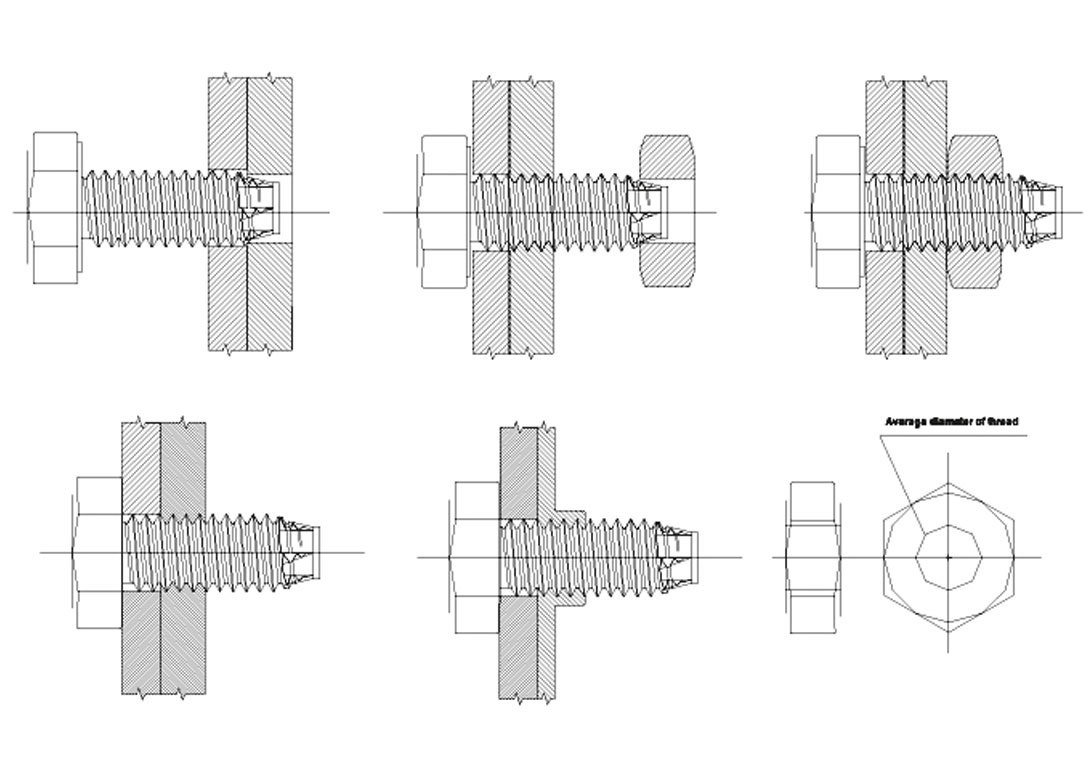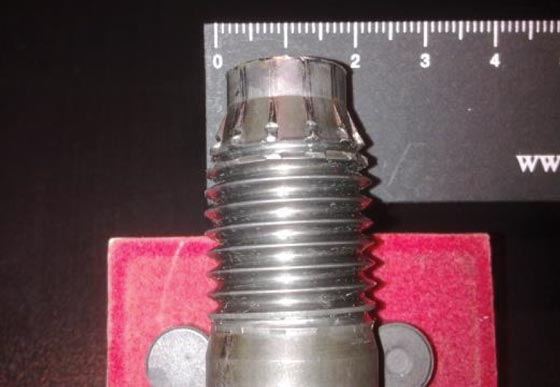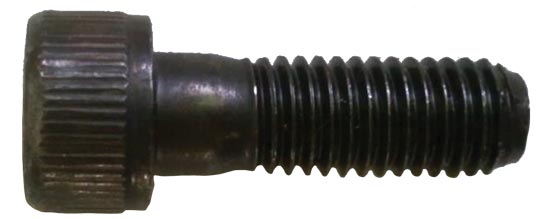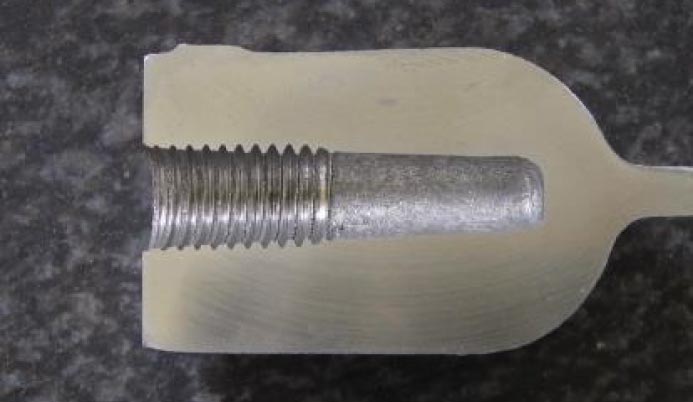
Shortly before his unfortunate recent death, inventor and CVS Engineering managing director, Carlo Vittorio Sala, submitted material for the following article. It has been published with the permission of his daughter, Ilaria, who is continuing in the development and commercialisation of the patented sJs® design.
Having carefully analysed modern requirements for component assembly in key industrial sectors, CVS Engineering designed and developed a new self-forming thread, which is intended to replace standard ISO threads, self-tapping screws and other systems, and to achieve a decisive improvement in technical clamping.
Having completed the mathematical and mechanical design processes, CVS Engineering carried out laboratory tests, followed by practical tests in major industries, the results of which were technically very good. Tests according to DIN 7500-1 confirmed the efficiency of the process, with the formation of the thread at 70% of the maximum allowable value.
sJs® screws require a receiving hole approximately equal to the average diameter of the thread: A benefit of the system is that a wide hole tolerance is permissible. The self-forming thread is cylindrical, with a series of progressive sized, asymmetrical laminators, which form a threaded joint with very high loosening loads – typically 70% to 80% of the clamping load.
The system creates a perfectly cylindrical thread, as the laminators do not protrude beyond the outer diameter and do not deform the thread profile. The thread form has a thread tolerance of zero.
The thread can be produced to ISO or American dimensional standards, and in steel strength classes from 5.8 to 12.9, as well as in AISI 340 stainless steel. Volume production is conventional using cold forming equipment and flat or circular thread rolling machinery. The sJs thread can be controlled with analogue and digital measuring instruments and go-no-go gauges. By means of an algorithm it is possible to measure the torque required to laminate the thread. The thread formed by an sJs is perfectly interchangeable with a non-thread forming screw, having thread dimensions to the same specification. The sJs thread can be loosened and retightened indefinitely.
There are no limitations to size, as the progressive laminators are formed in relation to the diameter. As shown in the images below there are 12 laminators for an M20 diameter screw. Fasteners can be produced, as usual, in a range of drive and recess forms to suit automated or manual assembly.


This new concept allows automatic threading in steel, light alloys, copper alloys, malleable cast iron, stainless steel, thin and thick sheets, and can be used in holes of cast aluminium and light alloys with significant savings.

Use in structural systems offers significant advantages and economies because the tolerance of the assembly is zero and it is highly resistant to impact, thermal shock and vibration.
The sJs screw design has received patent approval in Italy and fifteen other European countries, as well as in Russia, India, China, Vietnam and Turkey.

Having spent a decade in the fastener industry experiencing every facet – from steel mills, fastener manufacturers, wholesalers, distributors, as well as machinery builders and plating + coating companies, Claire has developed an in-depth knowledge of all things fasteners.
Alongside visiting numerous companies, exhibitions and conferences around the world, Claire has also interviewed high profile figures – focusing on key topics impacting the sector and making sure readers stay up to date with the latest developments within the industry.





